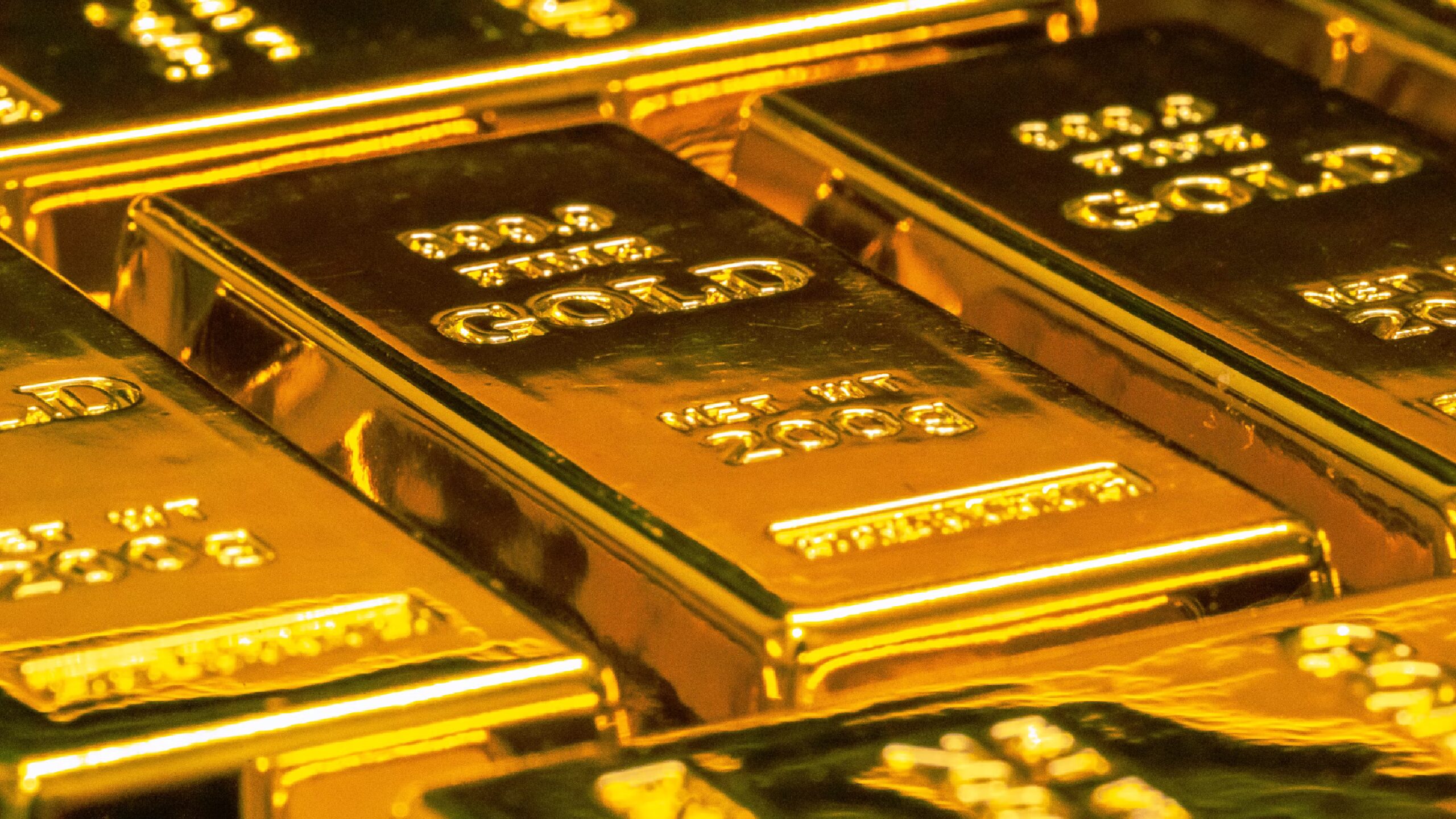Investors take heed: Central banks are seeing a silver lining in gold
As legend has it, Croesus, the king of Lydia in the mid-sixth BC until his overthrow by Cyrus the Great of Persia, was the riches man on Earth. He has also been accorded the honour of being the first ruler to issue gold coins with a standardised purity for general circulation – the father of money. Not for nothing has the phrase, ‘as rich as Croesus’, been part of our lexicon for nearly 500 years.
It’s worth recalling the story of Croesus as a reminder that gold has been an investment option long before debt or equities. Over two-and-half millennia, it has been held by individuals and governments for myriad reasons. But there is one fundamental factor – it’s a store of value when other investments are falling or even failing. In short, it’s an insurance policy.
Moreover, it’s an insurance policy that continues to be called in. Look at the economic crises since the Great Depression. With most shocks come a spike in the gold price. In 1934, it peaked at $US825 ($A1237) an ounce as the Western World grappled with mass unemployment and political upheaval with the rise of fascism. Then it was the two oil crises – 1974 and 1980 – that fuelled demand for this precious metal, as did the GFC, and, briefly, the Russian invasion of Ukraine.
The history lesson aside, there are numerous reasons to have gold as part of a diversified portfolio. But in this article let’s look at the demand side of the equation.
In the two biggest emerging economies, China and India, gold has been an intrinsic part of their cultures for thousands of years. In China, where gold bars are a traditional form of saving, the demand for this precious metal has been fuelled by – what else – an economic downturn. [How severe depends on who you ask – the Chinese Communist Party or independent analysts.]
Chinese consumers have been buying gold coins, bars and jewellery in response to falling prices for property and equities and a weaker currency. In the process, China has displaced India in the world’s largest consumer of gold, with the World Gold Council (WGC) noting that Chinese gold ETFs saw their fifth consecutive monthly inflow in April, adding $US1.3 billion ($A1.96 billion) to investors’ portfolios – the largest ever.
But if China is top dog, Inia remains a serious player in second place. Gold has many uses there, particularly jewellery, with the Indian wedding season in October traditionally pushing the price of gold higher.
Outside these two Asian behemoths, western investors are seeing commodities, particularly gold, as an investment class worthy of consideration. Evidence of that is how the SPDR Gold Trust has become one of the largest and most frequently traded ETFs in the US.
But the more interesting story – certainly in terms of moving the price – has been central bank buying of this precious metal. Since the beginning of the year, gold has risen 17 per cent to close at $US2421 an ounce on Tuesday. It’s been a heady run, and it’s fair to say, most analysts did not see it coming. After all, for the early part of this year, the talk was of falling inflation and lower interest rates – traditionally not conducive to a gold market rally.
But the difference this time, aside from mounting geopolitical tensions (especially the Middle East), trade disputes, and the spectre of a Trump presidency, has been central banks stocking up their vaults with gold, with China at the forefront.
For the past 18 months to 30 April 2024, the WGC reports that the People’s Bank of China has been buying gold, with total official gold holdings at 2,264 tonnes, accounting for 4.9 per cent of the bank’s total reserves, the highest on record.
It’s not hard to understand why, especially with China. Central banks worldwide are increasingly turning to gold to diversify their reserve portfolios, which is code for reducing their dependency on the US dollar, the world’s ‘reserve currency’.
In addition, gold serves as a stable asset for central banks, is liquid, and offers security – a role it has played for 2500 years – in times of currency volatility or market turbulence.
No doubt Russia’s invasion of the Ukraine is playing a role in this buying as governments observe the US impose sanctions on Russia, including freezing of assets and imposing restrictions on crucial commodity trades such as crude oil. In particular, for those governments in conflict with the US, it was a warning shot, will gold acquisitions on an unprecedented scale one consequence.
The obvious downside of gold, and one that would deter retirees, is the absence of income. This is a pure capital gain play. But in an uncertain world, and with central banks still buying gold with their ears pinned back, having a small percentage of their asset allocation in gold could certainly have merit.










